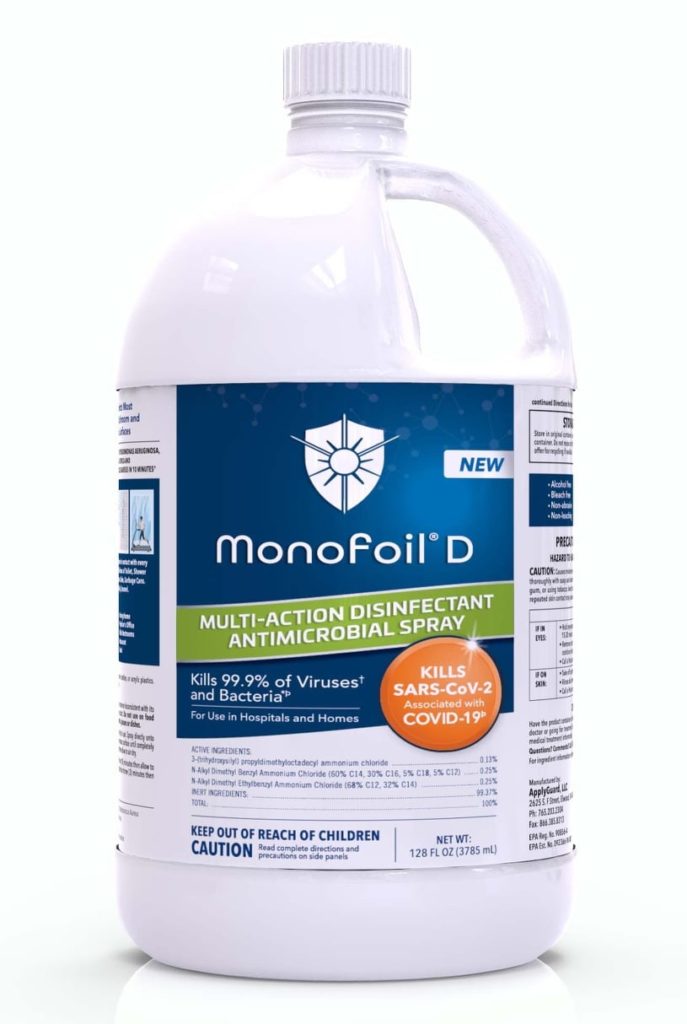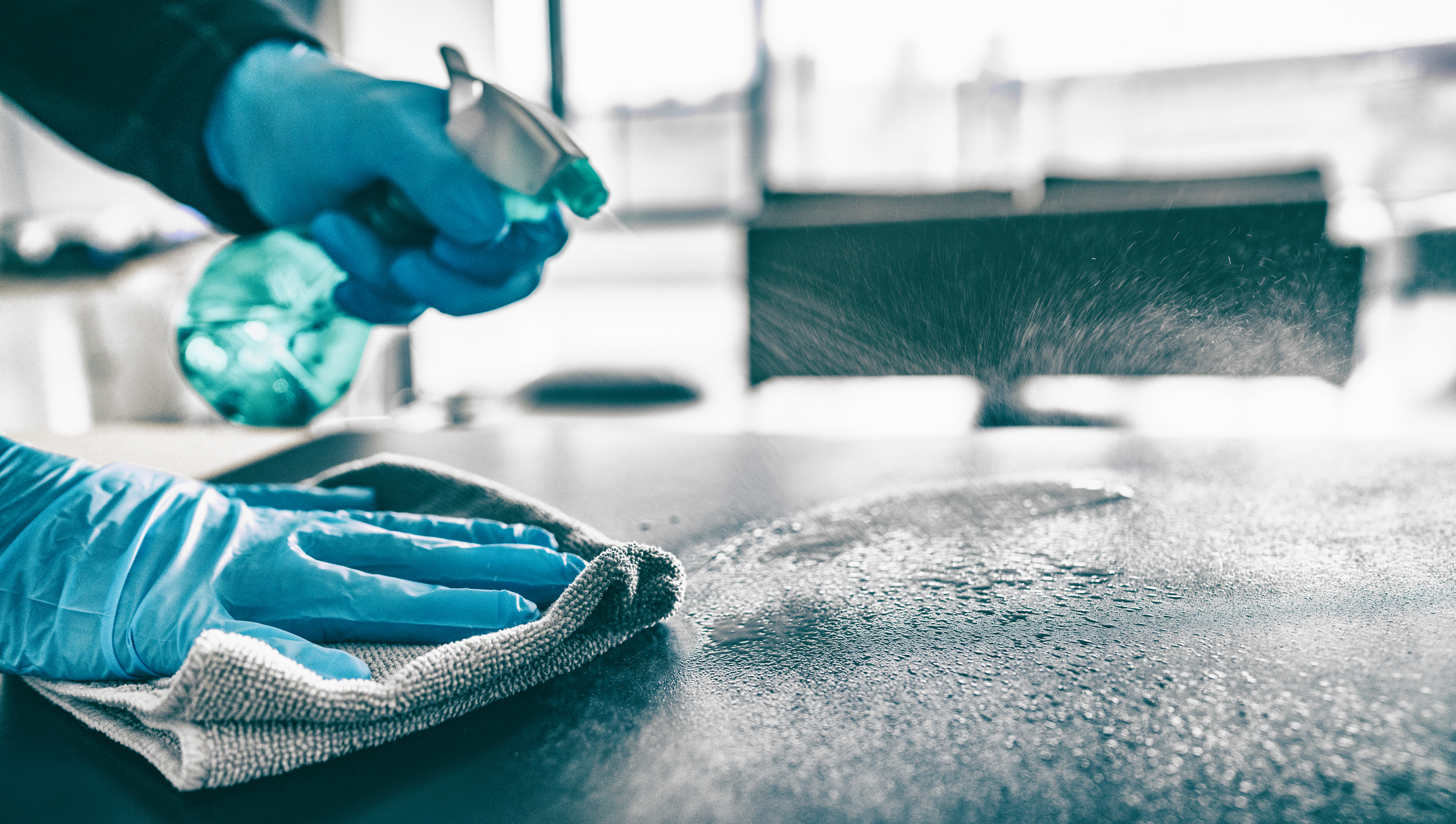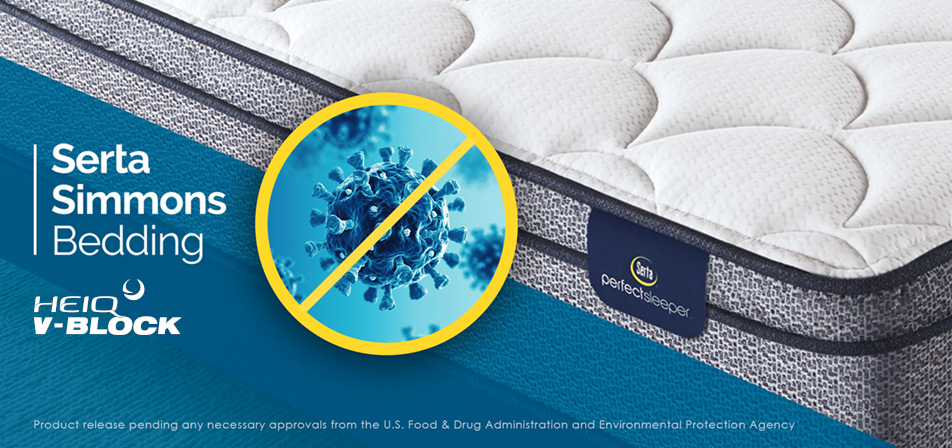It’s almost surreal to be sitting here in March 2021, preparing to dive headfirst into the importance of creating a healthy and safe shopping environment at retail. But here we are, an entire year removed from those first total lockdown orders as cities and states across the U.S. tried to slow the spread of the terrifying new virus that was quietly gripping our nation and our economy.
Today, there’s certainly more hope on the horizon than any time in the previous 12 months. The worst is behind us, and there are three vaccines out there, bringing us closer to the day when we can fully re-open the economy.
In those 12 months, A lot has changed — especially in the world of retail. You could look at so many aspects of the business that have been impacted, from supply chains to e-commerce, omnichannel strategies to appointment retailing, the list goes on.
But as consumers warm to the idea of getting back into physical stores, healthy and safe shopping is one trend in particular that retailers need to wrap their heads around sooner rather than later. Because even as COVID-19 retreats, consumer research continues to show how just how drastic and long-lasting these behavioral shifts may be.
A recent study by Oracle Retail found that demand to get back to in-store shopping was high, with 65% of consumers reporting that they have shopped at a nonessential retail store since reopening. However, consumers also said they still look for retailers to reassure them about the safety of the in-store experience. In particular, they want to see clear signs that retailers are following public health guidelines.
When consumers were asked what makes them feel safe shopping in-store
- 82% said obvious cleaning efforts
- 79% said masks worn by staff, required of and offered to customers
- 76% said social distancing measures to prevent crowding in the store
- 66% said contactless checkout options
“Customers are eager to shop,” Mike Webster, senior vice president and general manager of Oracle Retail, told Reuters. “What consumers are looking for is basic levels of protection and safety and they’re looking for that confidence that their needs are being looked after.”
But how are retailers performing to that end?
According to a survey conducted by retail business service provider Cennox late last summer — not well.
Almost half (46%) of consumers who responded to the Cennox survey said they believe the safety measures put in place by retail stores have been “inadequate or poorly managed.” And just 7% said they have “complete trust” that retailers will keep them safe. What may be even more difficult to swallow is that 67% of shoppers said loyalty to their favorite retailers would be impacted if safety measures were deemed ineffective.
In a recent interview on the Independent Thinking Podcast, Ashley Gorrie, CEO of retail activation firm Gorrie, corroborated those findings with things she’s seen at retail in recent months.
“Cleanliness is one of the largest reasons for a customer feeling comfortable,” she says. “That means having the appropriate signage, cleaning mechanisms, hand sanitation, all of those steps. And although it might seem like a question about, ‘Do I really need to do this?’ It actually has been proven to sit very high in customers’ comfort levels with going into stores.”
Still, Gorrie says more info and research is needed in terms of the overall retail environment and what customers will be comfortable with as they return to stores. “We don’t yet have enough information on how customers are going to come back. And, actually, they’re starting to show that they might show comfort in one area, but not in another,” she says.
Promoting Safety Through Product
Health and safety in the age of COVID, perhaps fortunately, has been a major influencer across so many different industries. While retailers have been out there looking for ways to provide safer in-store shopping experiences, product manufacturers have been hard at work creating product that both assists the retailer in their effort to promote safety and provides a healthier way of living to their customers.
Innovation in the health and wellness space has been pushed to the limits because of this pandemic, but the result has been an influx of product — both large and small — that puts wellness at the forefront.
 Take Guardsman, as one example. The 105-year-old brand has always put product care at the heart of what they do, whether that’s in the form of myriad surface care products or through product protection plans. But over Summer 2020, as the world’s supply of disinfectants was quickly drying up, Dan Miller, regional sales manager for Guardsman, and his team were introduced to a product called Monofoil D — a water-based solution produced by a company called Microban that both disinfects and protects surfaces for days on end for up to a month after application.
Take Guardsman, as one example. The 105-year-old brand has always put product care at the heart of what they do, whether that’s in the form of myriad surface care products or through product protection plans. But over Summer 2020, as the world’s supply of disinfectants was quickly drying up, Dan Miller, regional sales manager for Guardsman, and his team were introduced to a product called Monofoil D — a water-based solution produced by a company called Microban that both disinfects and protects surfaces for days on end for up to a month after application.
But what really sold Guardsman on the product is the fact that it was being considered and tested for inclusion on the Environmental Protection Agency’s List N — a status reserved for disinfectants proven to isolate and kill the coronavirus. Monofoil was granted that status in the fall.
“Every retailer, whether you’re electronics, you’re appliances, you’re audio, you’re visual, you’re hardware, obviously furniture, mattress — every one of those dealers is a candidate for this product,” Miller says, during a recent interview on the Independent Thinking Podcast.
The reason for retail interest stems beyond just selling the product, Miller explains. Rather, retailers have turned to the product, and the enterprise application systems available through Guardsman to create a cleaner, safer in-store environments — while leaving a few consumer-grade bottles near their checkout counters. And that’s opened the door to more conversations with customers around Monofoil’s benefits as a COVID-killing product.
“It’s a lot different than the Lysol and Clorox wipes that are on the market today,” explains Miller. “What happens with Clorox and Lysol and the wipes is once you wipe down the particular area, you’ve killed the bacteria and the germs and the viruses, but once it dries, and once you put your hand back on the refrigerator as an example, you’ve re-contaminated it. This is more of a product that will stay, it will bond to the surface.”
Elsewhere around the manufacturing industry, we’ve seen lines of product pop up that promote their COVID-killing abilities. There’s the anti-viral mattress developed by Serta Simmons Bedding in partnership with Swiss textile firm HeiQ. LG showed off a number of virus-zapping robots during CES that were developed for business customers.
One market in particular that has benefitted from the boom in sanitization and deep cleaning searches is the UV sanitizing box market. According to a recent Grand View Research report, the market — which rose out of almost complete obscurity this past year — could reach $305.6 million by 2027. According to Google Trends, searches for UV phone sanitizers grew by more than 5,000% in the first quarter of 2020.
All of this is to say, even as we move into the post-COVID era, consumer shopping (and living) habits have changed dramatically over the past year. For retailers, this means it will continue to be imperative for them to present a clean shopping environment for their customers as they return to stores. But it also presents an opportunity for retailers to capitalize on the increased demand for products that customers can use to replicate that safe, healthy and clean environment in their own homes.





